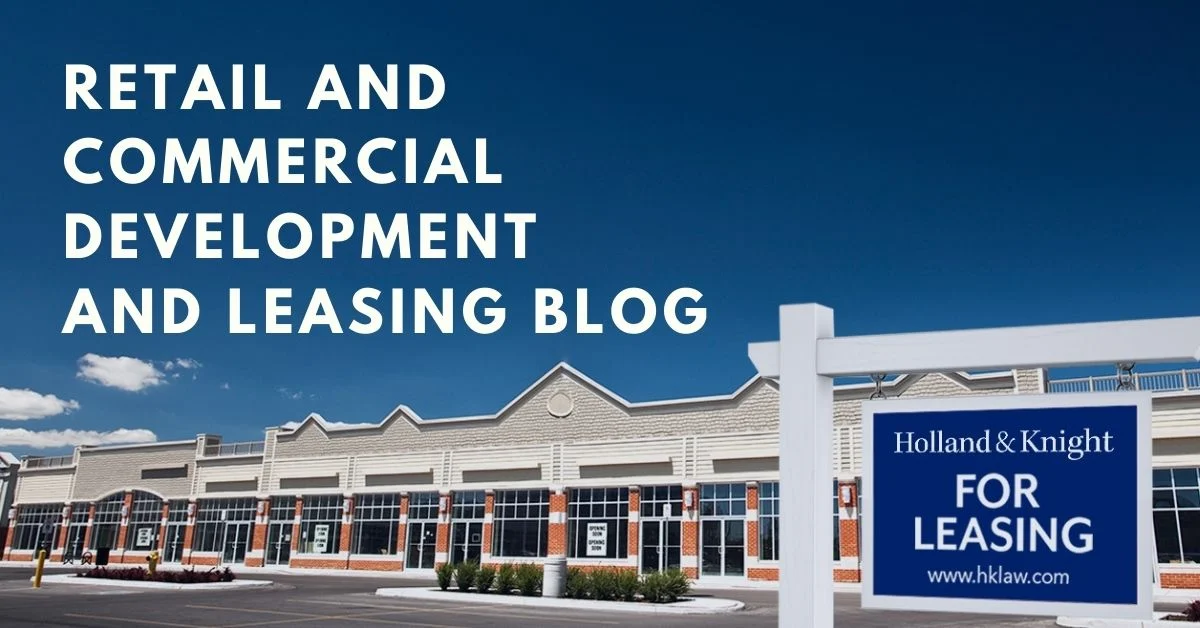Cities Are Going Green Through Sustainable Real Estate

Individual property owners are not alone in their ability to develop sustainable real estate. Community-driven green initiatives seek to improve the health of both the planet and its inhabitants. The United Nation's (U.N.) Sustainable Development Goal 11 Program, for example, focuses on sustainable cities and communities, seeking to "make cities and human settlements inclusive, safe, resilient, and sustainable." This initiative promotes, among other objectives, sustainable land-use planning and management, and the integrated provision of environmental infrastructure (water, sanitation, drainage and solid waste management).
Widespread sustainability has been proven achievable. With the passage of the Green Building Act of 2006, Washington, D.C., became the first major American city to require green building certification for both the public and private sectors. As a result, Washington, D.C., was the first city in the world to receive a Leadership in Energy and Environmental Design (LEED) Cities Platinum leadership certification. Real estate in Washington, D.C., can serve as an inspiration to communities in pursuit of going green. For example:
- A 15-story hotel in the district is one of America's largest LEED Silver-certified hotels.
- A hotel in Georgetown houses more than 100,000 honeybees, which produce more than 150 pounds of honey for the hotel's diners each year.
- A hotel in the Dupont Circle area is topped by a rooftop garden used to grow produce for composting and herbs used in cooking programs with D.C. Public Schools.
- A hotel near the city center contains refillable water stations, a botanical rooftop and smart LED lighting and air conditioning with infrared sensors for automatic shut-off.
- Restaurants in a farmer owned restaurant group are LEED-certified and have in-house recycling and composting programs that allow for reuse of 90 percent of their waste.
- A brewing company runs entirely on solar power and donates spent grain to local farmers.
In January 2019, Washington, D.C., Mayor Muriel Bowser signed the Clean Energy DC Omnibus Amendment Act of 2018, setting a mandate of 100 percent renewable electricity by the year 2032. Under the updated Renewable Portfolio Standard, electricity suppliers must purchase all power from renewable sources by 2032, with 5 percent coming from local solar power. According to the U.S. Green Building Council (USGBC), the D.C. government is entirely powered by renewable energy.
Currently, the city is pursuing net-zero energy building designs that will allow buildings in Washington, D.C., to generate sufficient on-site renewable energy to satisfy total energy usage. Benjamin Banneker Academic High School, for example, is one of the first public schools aiming for net-zero energy in Washington, D.C., in large part through the use of solar panels.
Mayor Bowser's 2018 plan is being updated with Clean Energy DC 2.0, which is being spearheaded by the U.S. Department of Energy and Environment (DOEE). According to the DOEE, Clean Energy DC 2.0 "will include an implementable, comprehensive policy roadmap covering the transportation, energy, and building sectors now through 2045."
Washington, D.C., is far from the only community contributing to making a more sustainable country.
- In 2015, Burlington, Vermont, became the first American city to be powered entirely by renewable energy sources. All of Burlington's energy is sourced from biomass (sustainable local wood), wind, solar power or hydroelectric power.
- Also in 2015, San Diego was the first major U.S. city to commit to 100 percent renewable energy and is the largest municipality to make such a commitment. The city's 2015 Zero Waste Plan aims for 90 percent waste diversion by 2035 and being zero waste by 2040. San Diego's rooftop solar installations generate 37 megawatts, placing the city at the top of the industry.
- Denver aims to power its entire electric supply with renewable energy by 2030.
- Portland, Oregon, aims to run on clean energy-generated electricity by 2035 and plans to be powered entirely by renewable energy by 2050.
- Ithaca, New York, has committed to powering all government operations with entirely locally sourced energy by 2025 and becoming carbon neutral by 2030.
- Approximately 90 percent of Seattle's electricity is generated by hydropower, and the city intends to be entirely carbon neutral by 2050.
- Boston also plans to be carbon-neutral by 2050.
- O'ahu, Hawaii, will run on renewable energy by 2025 and plans to be completely carbon neutral by 2045.
- New York City plans to retrofit its public buildings with energy-efficient upgrades and become entirely carbon neutral by 2050.
Communities, through the efforts of both individual property owners and their leadership, are harnessing their power to make the world more sustainable, one city at a time.
More Blogs in This Series
Part 1 - Green Lending in Commercial Real Estate: Four Core Components of Green Loan Principles
Part 2 - Going Green in Commercial Real Estate: Aim for a Zero-Emissions Building Standard
Part 3 - Renovating Existing Commercial Real Estate Building to Become Green
Part 4 - Cities Are Going Green Through Sustainable Real Estate (You are currently reading Part 4)
Part 5 - An Introduction to Property Assessed Clean Energy Financing
Part 6 - Inflation Reduction Act Offers a Variety of Green Building Tax Incentives
Part 7 - Inflation Reduction Act of 2022: Business Energy Investment Tax Credit
Part 8 - Inflation Reduction Act of 2022: The Newly Added Renewable Electricity Production Tax Credit
Part 9 - Inflation Reduction Act of 2022: Prevailing Wage and Apprenticeship Provisions
Part 10 - Energy Star and LEED Certifications - What's the Difference?
